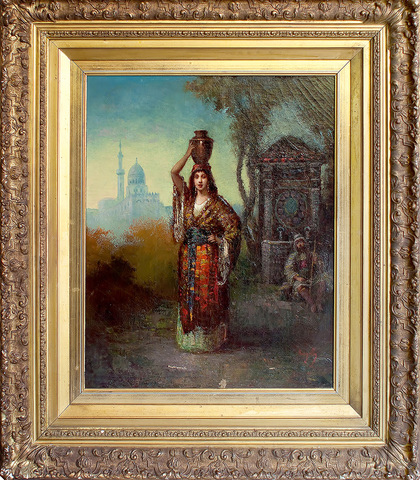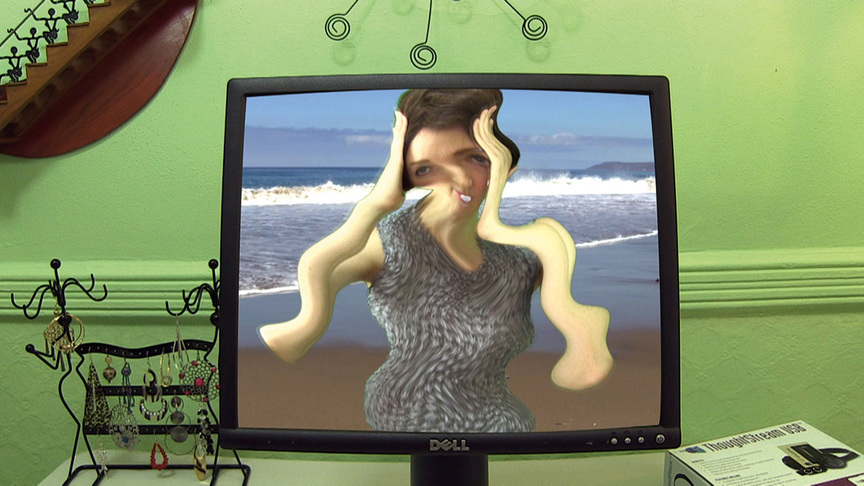-
From Current Issue
-
- Editor’s Letter Fire in the Heart
- Reviews I Gusti Ayu Kadek Murniasih
- Reviews 11th Seoul Mediacity Biennale: “One Escape at a Time”
- Dispatch Networked China
- One on One Monira Al Qadiri on Yukio Mishima
- Essays The rise of independent art spaces in pandemic-era Shanghai
- Features Tuan Andrew Nguyen
- Table of Contents
- Web Exclusives
- Archive
- Subscribe

R
E
V N
E
X
T
Installation view of “Ways of Seeing” at New York University Abu Dhabi Art Gallery, 2018. Courtesy New York University Abu Dhabi Art Gallery.
The show’s most poignant adaptation of Berger’s ideas, however, was in its examination of the overlooked, feminist aspects of art history. Frédéric Borgella’s The Water Carrier (undated) illustrates a woman dressed in intricately detailed clothing. She holds a bronze vase on her head with one arm while the other rests elegantly on her waist. Borgella is associated with the Orientalist genre, and his painting presents a distorted, colonial view of people from the Asian continent. The idealized subject submits to the constructs of the Orientalist male gaze. In the show, the work served as a counterpoint to the female-centric narratives that otherwise underpinned the curatorial framework. Ironically mirroring the Borgella canvas was a self-portrait by Cindy Sherman who stood similarly with her hand on her hip in elegant clothes. Sherman’s image deliberately appropriates the visual cues denoting traditional femininity and beauty to critique the representation of women in mass media. In her sculpture Hair Necklace (wood) (2013), Mona Hatoum elevates what is normally considered undesirable—body hair—by balling her own hair into pearls, thus also challenging what is considered beauty.
Another work that took on how the patriarchy has shaped the way in which we view women was Shana Moulton’s video, Mind Place Thought Stream (2014), which stars the artist’s alter ego Cynthia as she navigates fantastical environments, loosely evoking domestic spaces, that glitch out and degrade, sparking a sense of anxiety. At first glance, Ghada Amer’s Glimpse Into a New Painting (2018) is an abstract mass of threads permeating a canvas. Only upon careful study do images of six women emerge from the surface as they look down with a serene gaze on their face.
By focusing on the Orientalist gaze of the Western male and presenting it in the context of the UAE, the exhibition demanded a double act of looking. One left the exhibition wondering to what degree the images might reinforce stereotypes, and who might see through the façade.
“Ways of Seeing” is on view at the New York University Abu Dhabi Art Gallery until January 5, 2019.
To read more of ArtAsiaPacific’s articles, visit our Digital Library.














